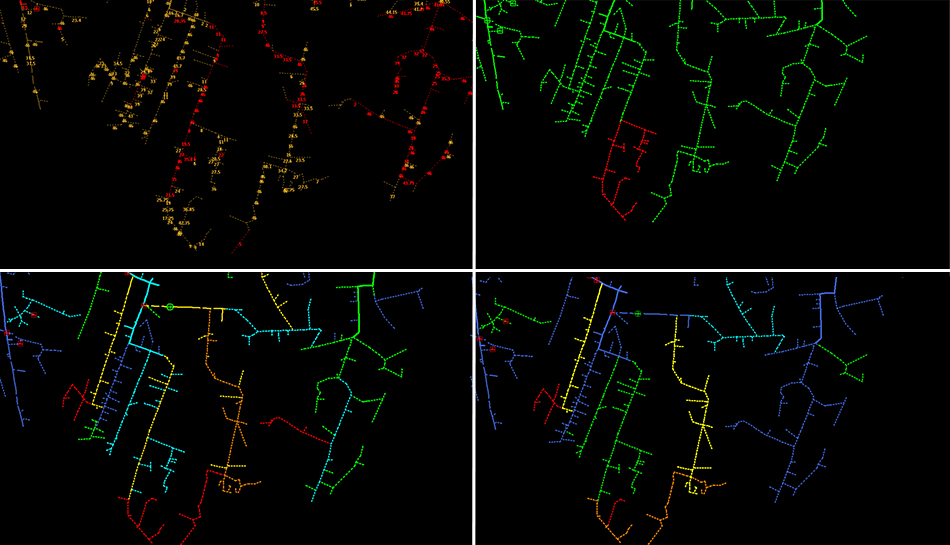How the Grid Is Changing
Imagine life in the early decades of the electric distribution grid. Electric vehicles were the stuff of science fiction. Consumers couldn’t conceive of rooftop photovoltaic (PV) panels or microturbines. Few businesses or universities dreamed of building their own microgrids. Homeowners accepted that sustained power outages were unavoidable. Electric utilities, which faced little or no competition, used available technology to deliver safe, reliable and affordable electric service to all customers.
Today’s service-conscious consumers have increasing expectations. We expect utilities to harden their assets to minimize the impact of a storm or major disaster. Should an outage occur, we want a quick response and to know when the lights will be back on.
Modern consumers are increasingly eager for outage and grid health information on demand. That’s not all. Some want rooftop solar, home batteries and electric vehicles. Others want easy access to details on our energy use and its impact on the environment, and we want to participate in energy efficiency and demand response programs. Customers seem to be interested in everything from dynamic pricing and green energy to community solar projects.
All of this while maintaining affordable rates.
The majority of electric utilities, however, are doing the best they can with the technology and budgets their forebears handed them. With few pressures to evolve the grid, utilities developed a “MacGyver”-like capability of maintaining the distribution grid using fewer resources every year. As a result, some utilities applied a “we’ll fix it when it breaks” strategy to grid maintenance, wherein a majority of invested capital is focused on failed assets, rather than upgrades to meet emerging needs, opportunities and technologies.
It’s comparable to taking a broken 1970s-vintage television to the repair shop to have a tube replaced instead of upgrading to the latest, smartest flat-screen technology. The repair might cost less, but the TV won’t perform at the level today’s consumers expect. This mentality, along with the slow adoption of new technology it engenders, goes a long way toward explaining why today’s grid is ill equipped to meet future customer demands.






